The seeds of most plants germinate without problems after sowing. But there are some crops whose seed material does not germinate well under normal conditions. To obtain more friendly shoots, such seeds must be kept in the cold for some time, i.e. stratify.

Stratification is a process of simulating natural conditions for planting material, which will improve the germination of seeds, as well as speed up their germination.
The fact is that at the genetic level, some seeds contain information that winter should come soon after ripening, so it is impossible to germinate, otherwise the sprout will die.
As a rule, such seeds contain substances that prevent germination; under natural conditions they are destroyed by cold and washed away by melt water. And it is after exposure to the cold that such seeds begin biochemical processes that contribute to the emergence of seedlings. Therefore, they try to sow such crops before winter.
But such a process is very risky - planting material can be washed away by prolonged rains or melt waters, it can be eaten by mice and other rodents, you may simply not have time to buy seeds before the soil freezes or is covered with snow. Stratification will help to avoid such risks.
There are several types of stratification (cold, warm, combined, phased). The choice depends on the characteristics and “preferences” of the seeds of each specific crop. Some plants sprout safely without stratification, others could also do without this procedure, but its implementation will only improve the quality of seedlings, and for others, stratification is simply vital - without it, the seeds will not sprout.
At the same time, the period of time the seeds remain in the cold also varies, depending on the type of crop. Some plants only need a couple of weeks, while others need to remain in the cold for several months, up to a year.
Here is a selection of crops whose seeds must be stratified before planting.
Aquilegia
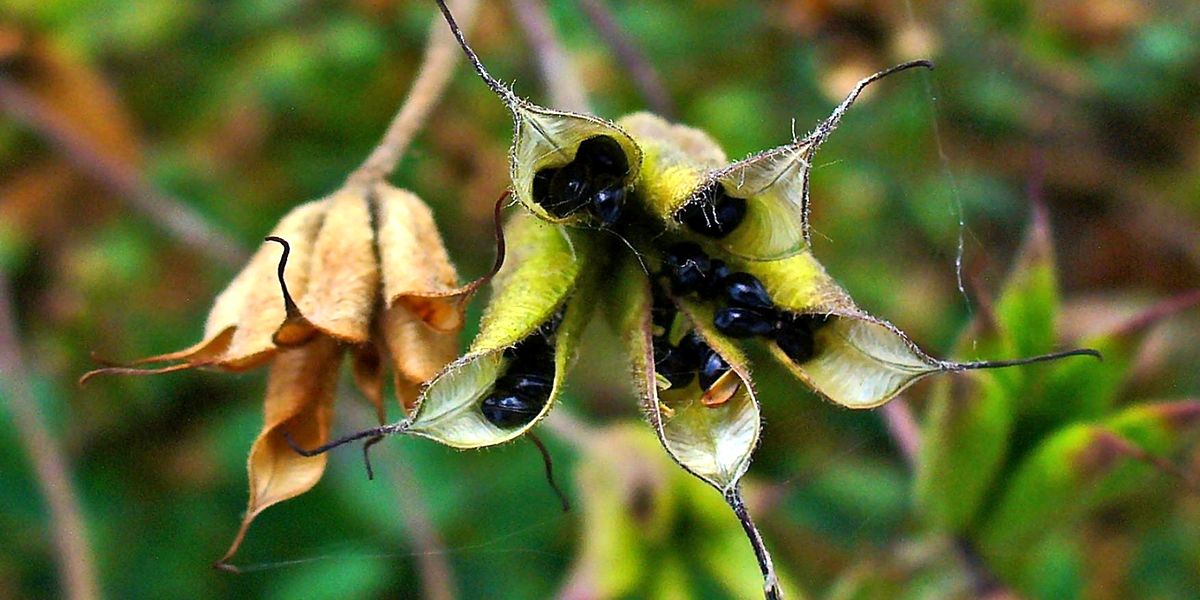
Aquilegia seeds are sown before winter and thereby stratify them in a natural way. Or they can be sown in the spring, but in this case, for better germination, you will have to first keep the seed in a cold environment.
When sowing in spring, aquilegia seeds are placed on damp sand or moistened cotton pads and placed in the refrigerator for 2-4 weeks (kept at a temperature of 1-5°C). Or they are immediately sown in the ground, a layer of snow is placed on top and also put in the refrigerator. Also, containers with seeds can be left in the snow outside for a month, and then moved to a bright room.
Astilbe
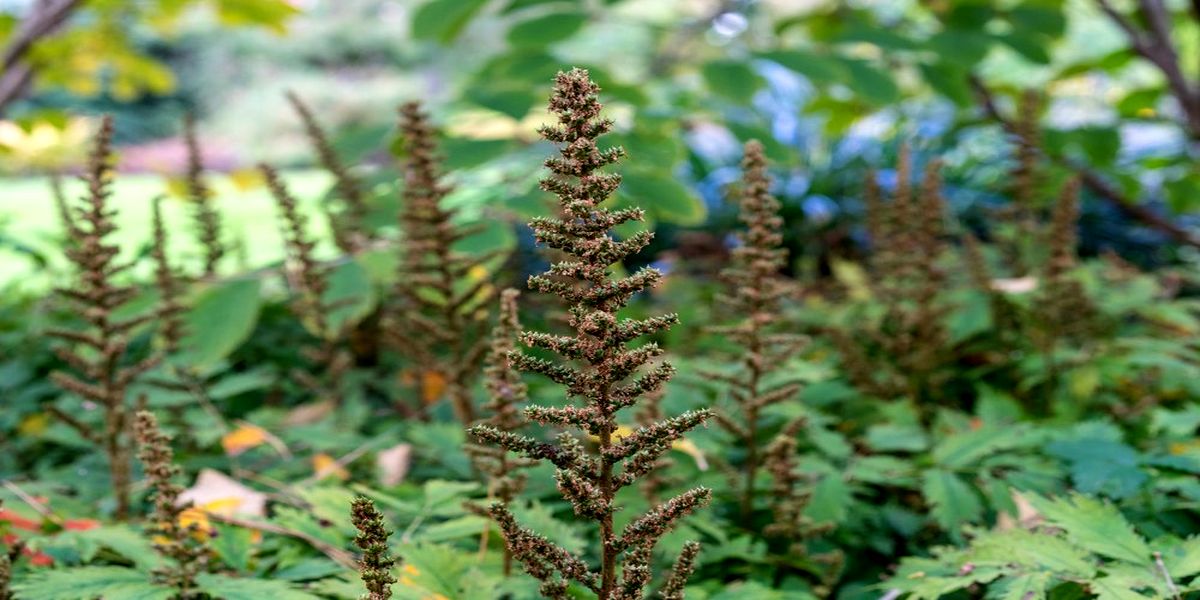
The seeds of this plant also need stratification. To do this, take a container with soil and distribute the seed over it. Then sprinkle everything with cold water, cover with film and hide in the refrigerator for three weeks.
Instead of spraying with cold water, the crops can be covered with a layer of snow 1 cm thick, and when it melts, also put in the refrigerator.
After this, the containers with seeds must be taken out and placed in a bright room with an air temperature of 18-20°C.
Hawthorn
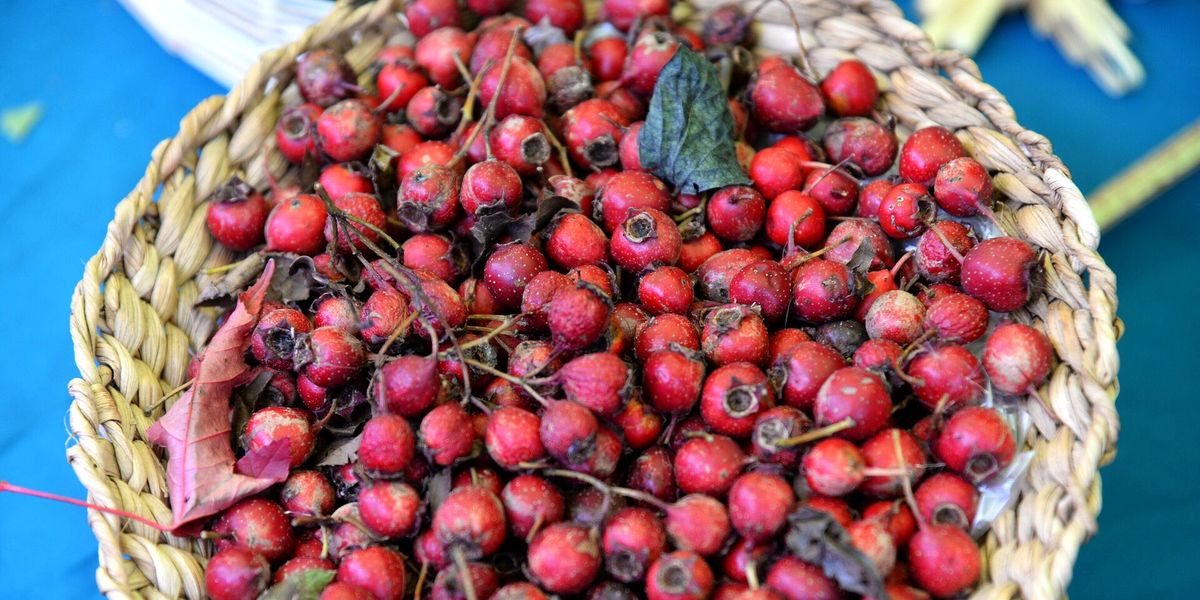
Growing hawthorn from seeds is quite a quest. And all because the culture needs long-term stratification - from several months to a year. The hard shell will not allow the sprout to pass through quickly.
Fill fresh seeds with water (empty specimens should float), rinse and dry, then place in shallow boxes with soil, moisten and place in the basement or refrigerator. They should stay there until next fall, or maybe even until spring!
Please note that even such a long method will not give 100% germination.
Grape
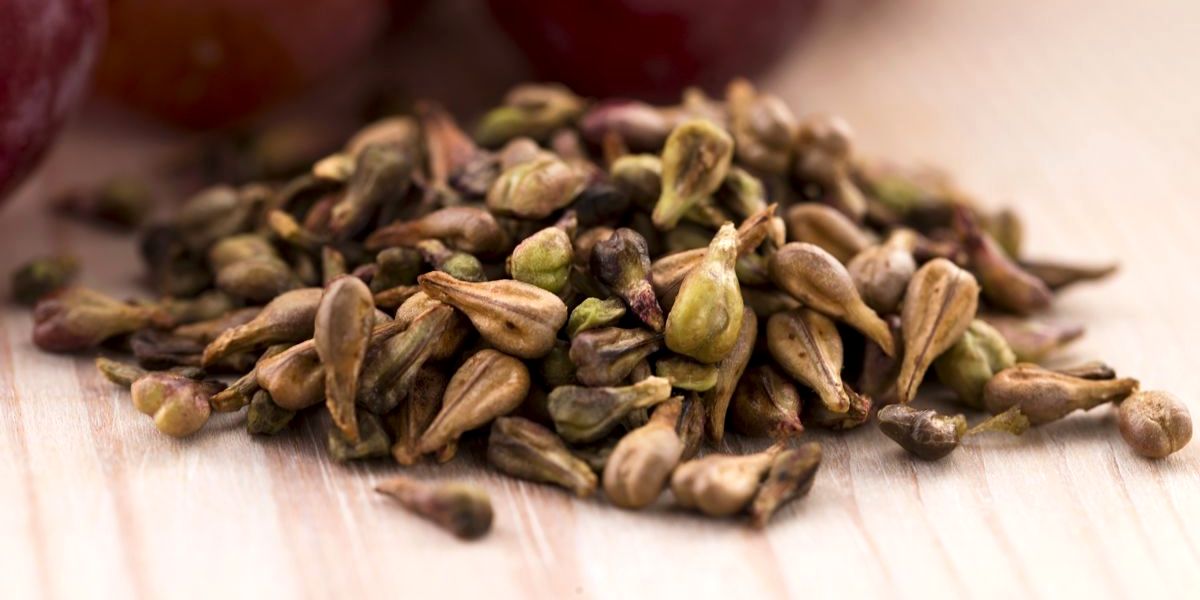
An attempt to grow grapes from seed will also not be successful unless you first stratify the seeds.
Rinse selected fresh seeds from well-ripened bunches under running water to get rid of any remaining pulp, then collect them in damp cloth bags, wrap them in plastic and place them on the bottom shelf of the refrigerator. At a temperature of 3-5°C, the seeds should be kept for 6-8 weeks.
Inspect the packages periodically - mold should not appear there; if necessary, the seeds will need to be washed in a solution of hydrogen peroxide.
Then take out the seeds, rinse them and place them on a damp cotton pad, leave for three days at an air temperature of about 25°C.
The second option for stratifying grape seeds is to place the seeds in containers with moistened sand and also put them in the refrigerator for 6-8 weeks.
Then you will need to take out the containers and place them in a warm (25°C) place for 3-5 days.
Delphinium
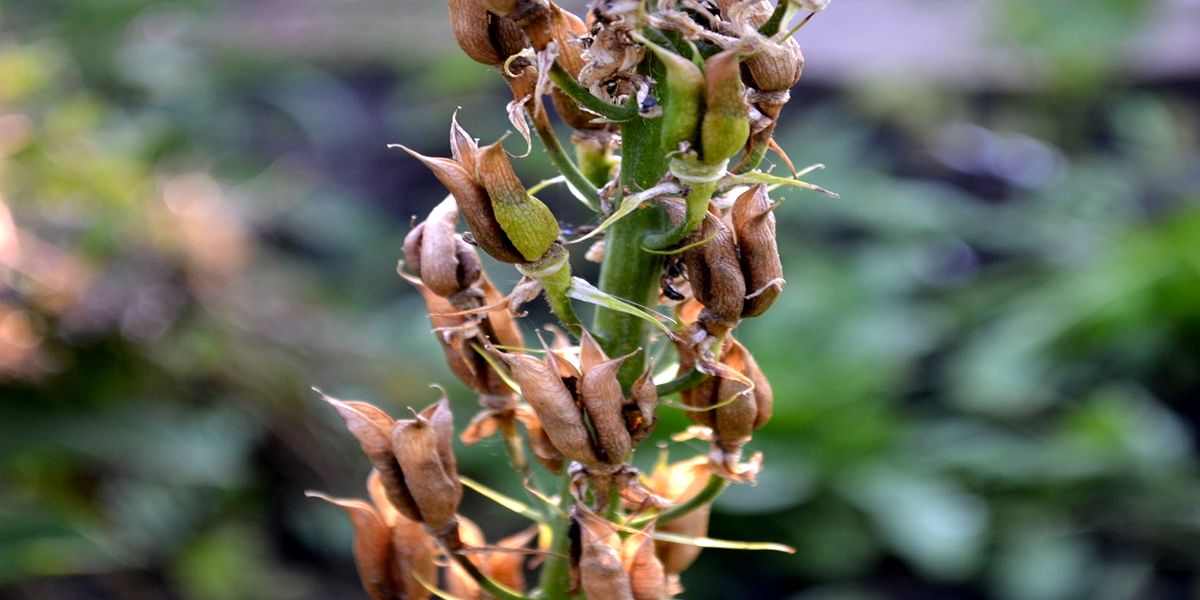
Before sowing delphinium for seedlings, its seeds must be properly prepared.
Distribute the disinfected and dried seeds over the surface of a shallow container with soil, and then sprinkle with a light layer of soil. Cover the container with a lid or wrap it in thick plastic and place it on the bottom shelf of the refrigerator. In such conditions, at a temperature of about 0°C, the containers should last 10-14 days. When the seeds begin to germinate, move the containers to a bright place with a temperature of 15-18°C (but not higher than 20°C, otherwise the seedlings will die).
Also, containers with delphinium seeds can be buried deep in the snow. But keep in mind that temperature fluctuations should be kept in the range from –5°C to 3°C.
Strawberry
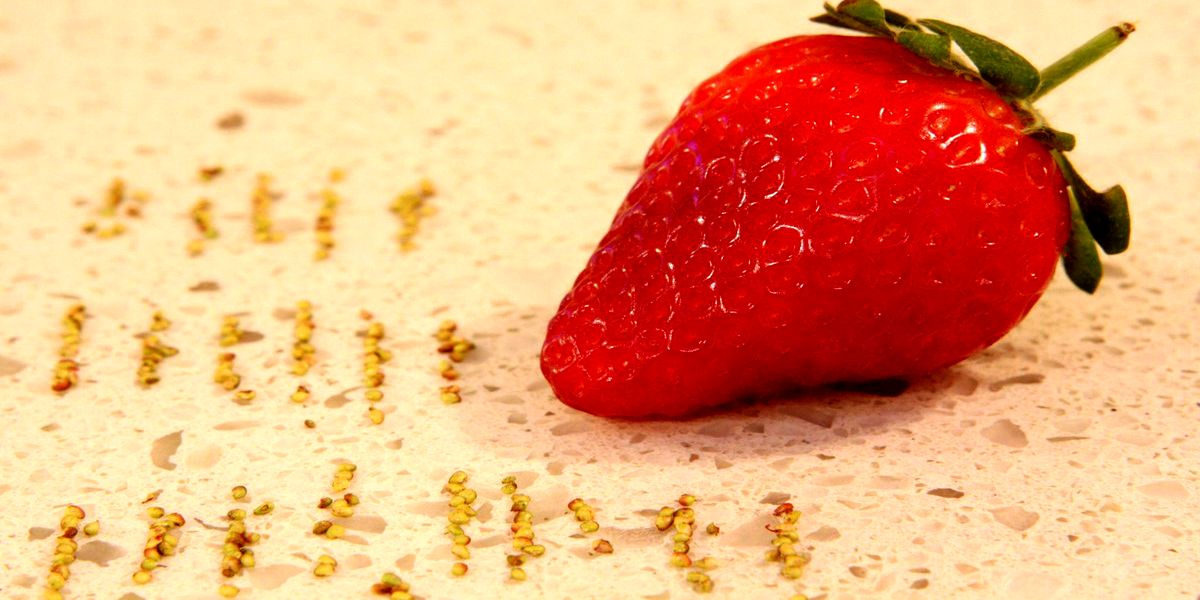
Growing strawberries from seeds is an excellent alternative for propagating varieties that do not produce runners, and also in cases where the mother plants are severely affected by fungal and viral diseases - the seed propagation method will allow you to obtain healthy seedlings.
However, in this matter you also cannot do without stratification - the procedure, although optional, will noticeably speed up the emergence of seedlings.
Strawberry seeds are stratified in two ways:
- they are placed on a damp disk or cloth, wrapped in film and kept in the refrigerator for 14 days before sowing;
- the seeds are placed on the surface of the soil, without being buried, sprayed with a spray bottle, covered with a lid and also placed in the refrigerator for two weeks (in cold regions, they can be placed outside in the snow).
Clematis
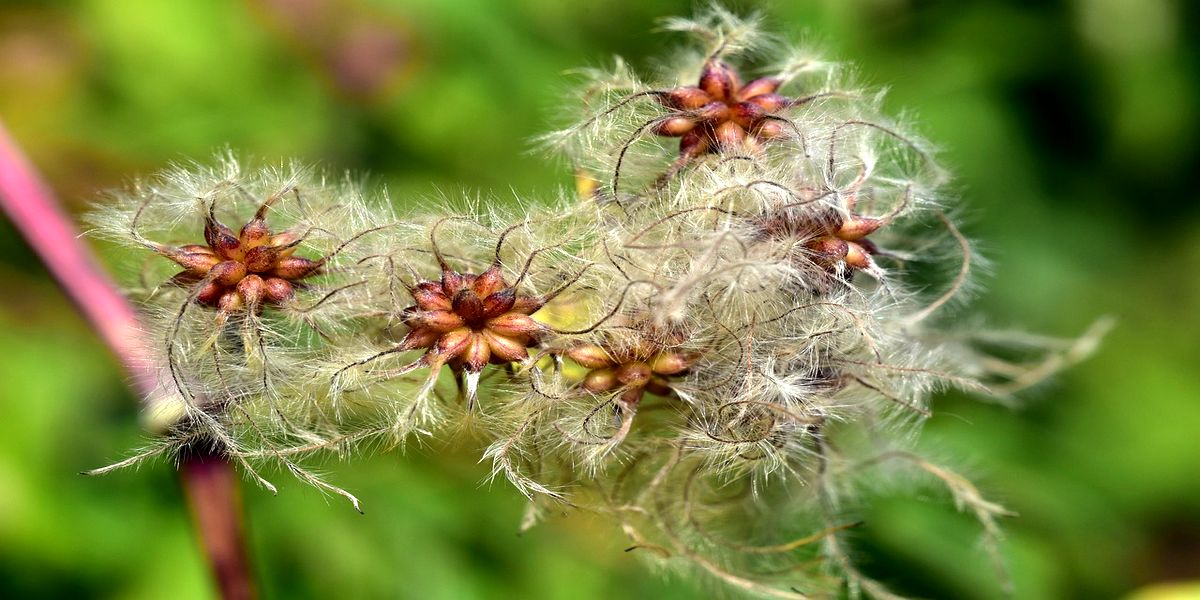
Medium and large clematis seeds also need to be stratified before sowing, because They rise slowly and unfriendly.
Clematis are sown in a container with soil mixture and stored at a temperature of 0 to 5°C. A refrigerator or a snowdrift with a thick layer of snow will do.
Medium-sized seeds are kept in the cold for one month, and large ones - for at least three.
Then the containers with the crops are transferred to a warm place and kept until germination, moistening from time to time and preventing the soil from drying out.
Lavender
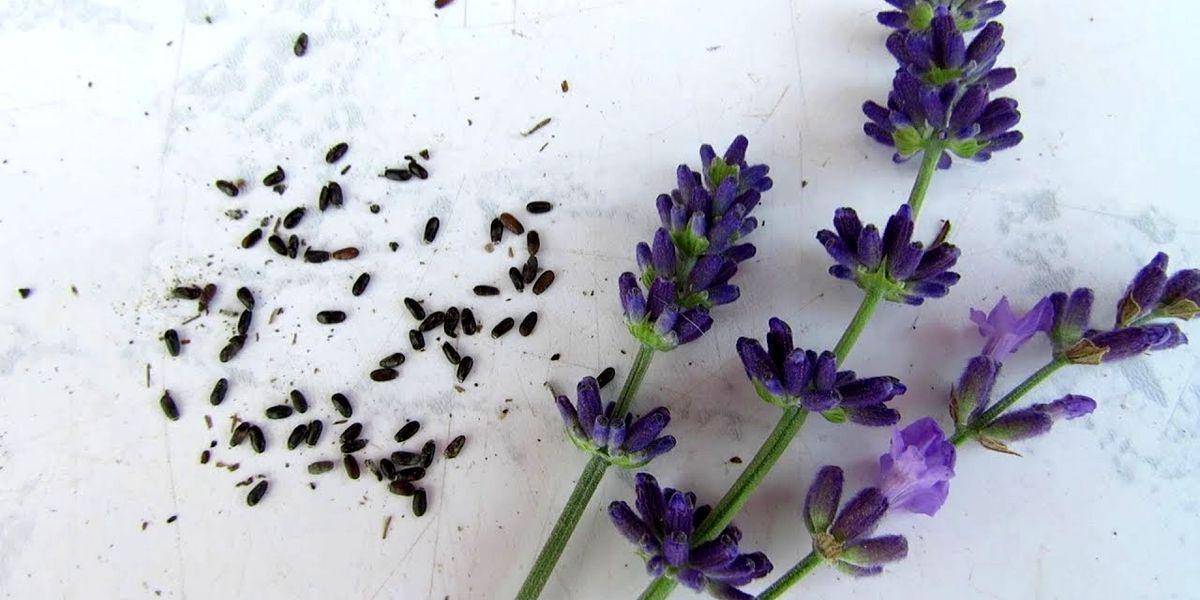
The stratification procedure is carried out 30-40 days before the expected sowing date, approximately in January.
There are two ways to stratify lavender seeds:
- place small seeds on a damp cotton pad or piece of cloth and cover with the same material, then put in a plastic bag and place in the refrigerator. From time to time the bundle must be sprayed with water so that the fabric does not dry out completely;
- mix the grains with sand and moisten the soil, cover the container with a lid or film, keep it at room temperature for a day, and then place it in the refrigerator.
Primrose
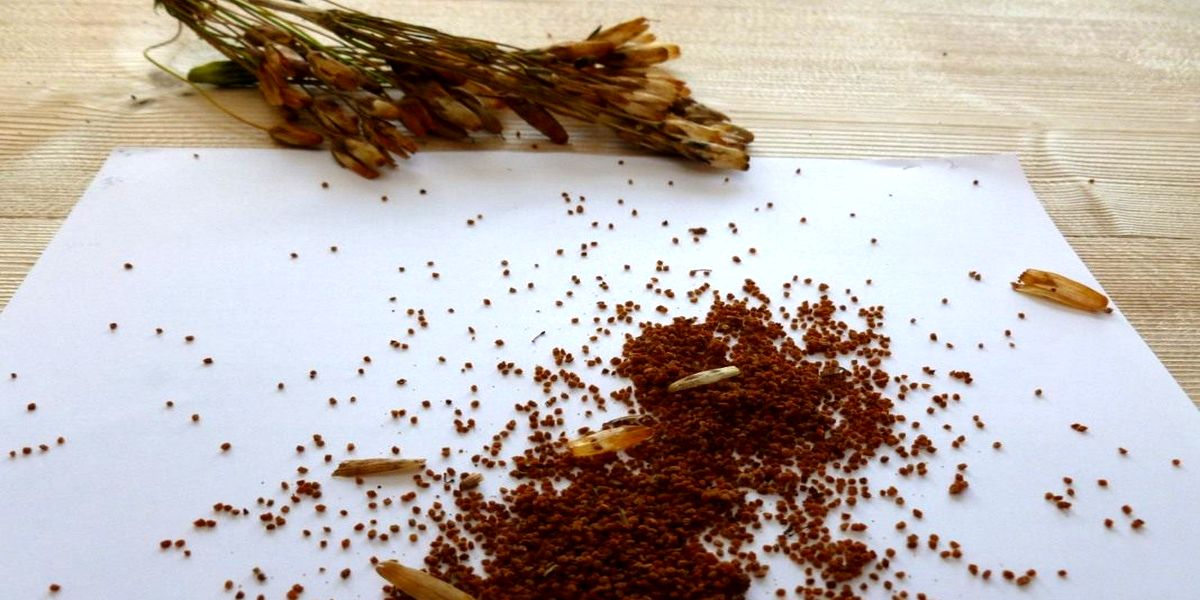
Some types of primrose do not need stratification, while others, on the contrary, will not be able to germinate without “cold hardening,” so when purchasing seeds, carefully study the information on the package.
Stratification of primrose seeds is carried out both in the refrigerator and in the freezer. In this case, the duration of the procedure in the refrigerator at a temperature of 2-4°C is 2-4 weeks, in the freezer - 1-2 weeks.
The seeds can be wrapped in damp gauze or cotton pads, wrapped in film, or spread on the surface of the soil, only slightly pressed into the soil, cover the containers with a lid or film and place in the refrigerator.
Primroses also stratify in the snow.
After time, the seedlings are transferred to a bright place and kept at a temperature of 18-22°C until germination, periodically moistening the soil.
Rose, rosehip

Rose seeds are first disinfected in hydrogen peroxide, then they are laid out on cotton pads moistened with the same product and covered with the same pads, then placed in plastic bags and sent to the refrigerator on the bottom shelf. There the seeds should lie for 1.5-2 months.
From time to time the packages must be inspected. If mold appears, the seeds are washed and placed on new cotton pads, also soaked in hydrogen peroxide.
When the seeds begin to hatch, they are taken out of the refrigerator and sown in separate containers.
Thuja
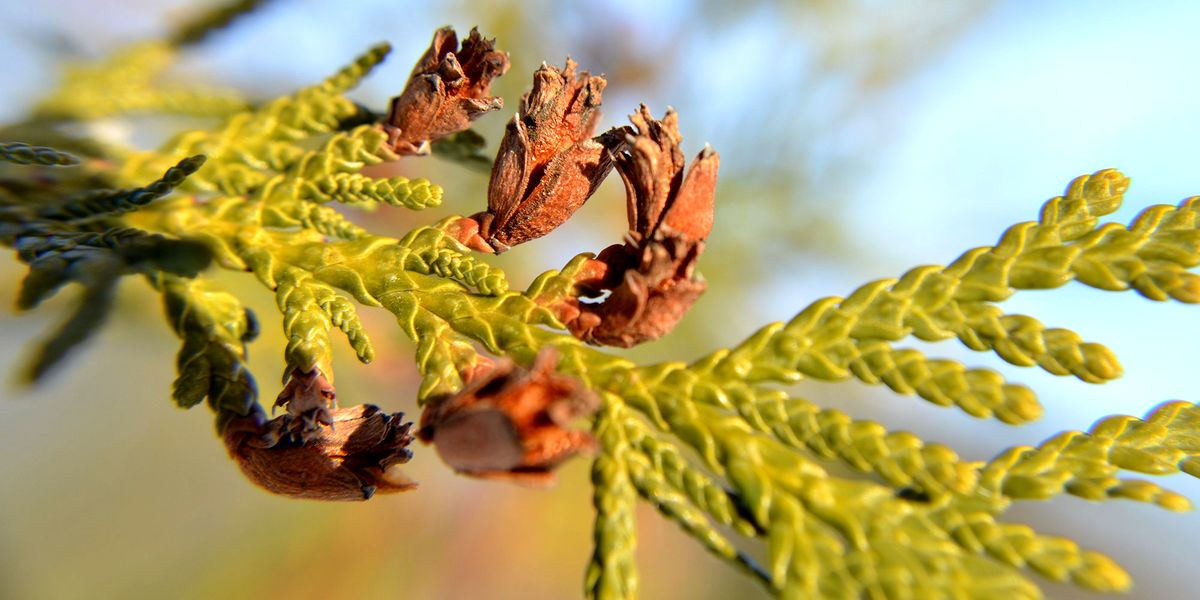
Thuja seeds are sown before winter (so they will undergo natural stratification) or in spring. But in the second case, the seed will need preliminary preparation.
Spread the seeds over the surface of a container with moistened soil, and lightly sprinkle sand on top. Cover the container with a lid and place it in the refrigerator. Or place the seeds in a damp cloth or on cotton pads, wrap in film and also put in the refrigerator.
Inspect and moisten the contents periodically. The seeds should be kept in the refrigerator for 2-3 months.
Stratification is a simple procedure, but it greatly increases the chances of growing your favorite plant from seeds.
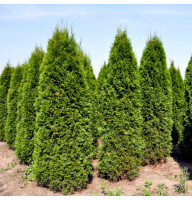


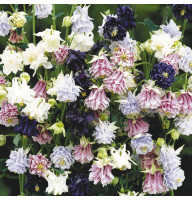
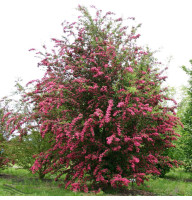





Write a comment